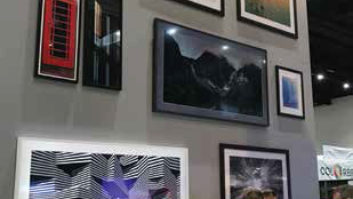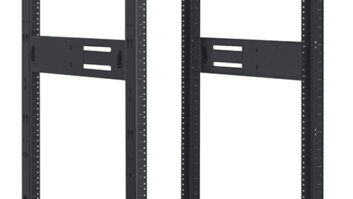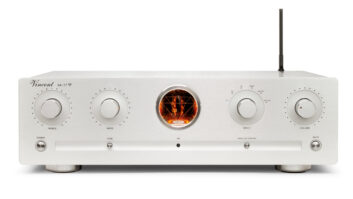There’s a better way to fix power-quality issues
“Let the future tell the truth, and evaluate each one according to his work and accomplishments. The present is theirs; the future, for which I have really worked, is mine.”
–Nikola Tesla
For residential AV installations, there are numerous products that are sold with the purpose of protecting AV systems from noise, lock-ups, re-boots, and various power quality issues. Many of these are sold without meaningful data or realworld demonstrations. The popularity of these “solutions” isn’t surprising when people believe that they can buy a magic box to solve their AV noise issues.
The truth is that few to none of these products, alone, can address the root cause of AV system noise, and none are as effective as a properly designed and correctly installed system that provides a robust foundation and environment for optimal performance. I advocate focusing efforts

An amp meter is an invaluable tool in the troubleshooter’s toolbox. on good system design and on addressing the actual causes of AV interference.
In developing my company’s three-part advertising series, called “The Truth,” we wanted to provide a factual education for designers and installers to make the best choices for their individual projects. Looking back, I would have liked to include a section on troubleshooting sound system and video problems in a residential AV installation.
Consider a few basic facts:
1) In a system of interconnected components, you can’t make it quieter than the noisiest part.
2) Dynamic range and gain structure have an impact on how quiet a system can ultimately be.
3) Unbalanced signal interconnects will add any voltage differences between chasses to the signal.
4) Ground rods have absolutely nothing to do with making things quieter.
If the problem is intermittent, or never showed up before, you should investigate all variables that may have changed. Ask questions and put things on a timeline, trying to make associations. For example, if an additional ground was inadvertently added by a seemingly unrelated plumbing change, it could be the result of a pipe hanger hitting a cable shield, creating an additional return path for current flow.
Unless the clues clearly tell you otherwise,

you should always start your troubleshooting at the input to the power amplifier (for video, the input to the monitor). Begin testing the signal path backwards toward the signal source. Your toolbox should have the appropriate test adapters to make this an easy job. For details on how to construct these simple devices, refer to Bill Whitlock’s excellent technical guide on page 13 of www.jensentransformers.com.
One invaluable tool in the troubleshooter’s toolbox (and the easiest way to tell if the noise is from a ground loop) is an amp meter capable of fine resolution. To see if the noise is coming from a ground loop, simply clamp the meter around all signal wires of the path in question. You should always see less than 10mA for RCA cables of decent gauge in lengths less than two feet, and for longer unbalanced runs, you will get hums with as little as 1-2mA. The Fluke 322 has 10mA (0.01A) resolution and is set to go; the Murata ACA 20RM 4 AC3 has 1mA (0.001A) resolution and needs a case. Many times, a stray ground arising through an improperly bonded CATV system, for example, will produce a ground loop that can be diagnosed with the same amp meter.
Careful planning and good system design are critical to an optimally performing AV system. Equally important, however, is being able to diagnose and correct offending factors that somehow manifest in the AV system. A magical box actually does exist. It’s called your toolbox, and it consists of your knowledge and diagnostic gear. Being armed with these tools to solve system noise issues will be a huge benefit to your business, and music to your client’s ears.
Bob Schluter is president and chief engineer for Middle Atlantic Products and its new Exact Power division, in Fairfield, New Jersey.






